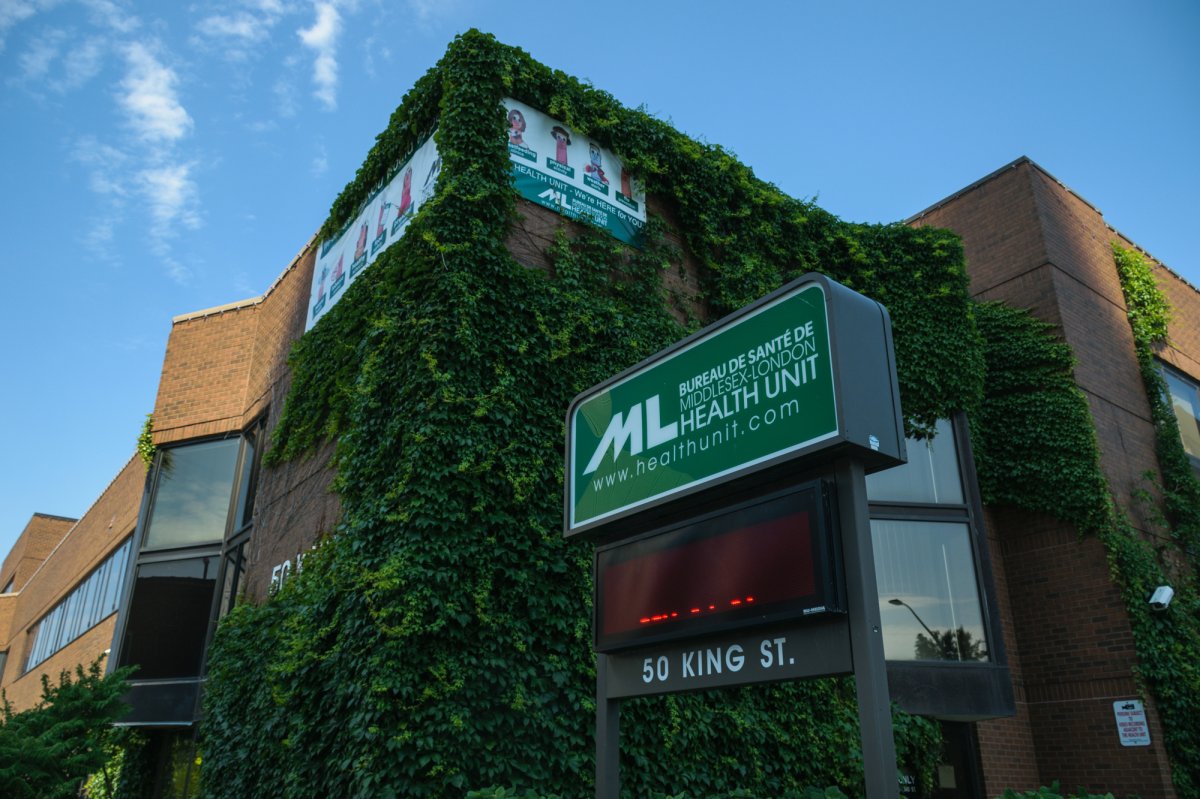Nine people have died of invasive group A streptococcus (iGAS) since an outbreak of the disease was announced in the London-area in April 2016 by the Middlesex-London Health Unit (MLHU), officials with the health unit said Monday.

The health unit has been investigating the outbreak since it was declared and says more than 132 cases of iGAS infection have been reported to them in that time. An alert to local health care providers, hospitals, and other community partners has been issued, they said.
Group A streptococcus (GAS) are common bacteria that can cause infections of the skin and throat, like strep throat, the health unit says. Some people may carry group A streptococcus in their throat or on their skin without becoming sick.
While most GAS infections see relatively mild illnesses, the health unit says more serious and potentially life-threatening infections can become invasive (iGAS) and get into muscles, blood, and other organs.
“Group A streptococcus is the bacteria, and there over 200 different types of this bacteria,” said Dr. Gayane Hovhannisyan, associate medical officer of health at MLHU.
“Invasive group A streptococcus is a type of group A streptococcus bacteria. Sometimes, this bacteria goes deep into tissue and blood and that’s how it becomes invasive. Some types of this infection are more likely to become invasive than others,” she said.
WATCH: Deadly Streptococcus A outbreak spreads in Quebec homeless shelters

Of the more than 132 iGAS cases, 22 per cent required intensive care treatment, while 15 per cent had Streptococcal Toxic Shock Syndrome. In addition, 15 per cent of cases had necrotizing fasciitis — or “flesh-eating” disease.
Among half of the cases have been found to involve drug users and/or those with no stable housing, Hovhannisyan said, adding the alert was issued after the health unit saw an increase in infections among people who have no connection to the outbreak among drug users and the under-housed.
“We need a better understanding of what’s happening, which is why we’ve issued this alert,” Hovhannisyan said.
Symptoms depend on the site of the infection and may include fever, chills, sore throat, dizziness, confusion, severe pain, redness or swelling around a wound or injured area.
“GAS bacteria are spread by direct contact with nose and throat secretions from an infected person, or by direct contact with infected wounds or sores on the skin,” said the health unit. “While GAS infections can occur year-round, the number of infections tends to increase during winter months.”
– With files from 980 CFPL’s Matthew Trevithick and The Canadian Press
- Shoppers faces proposed class action over claims company is ‘abusive’ to pharmacists
- ‘Bacterial vampirism’: Deadly pathogens attracted to human blood, study finds
- Most Canadian youth visit dentists, but lack of insurance a barrier
- Bird flu risk to humans an ‘enormous concern,’ WHO says. Here’s what to know






Comments